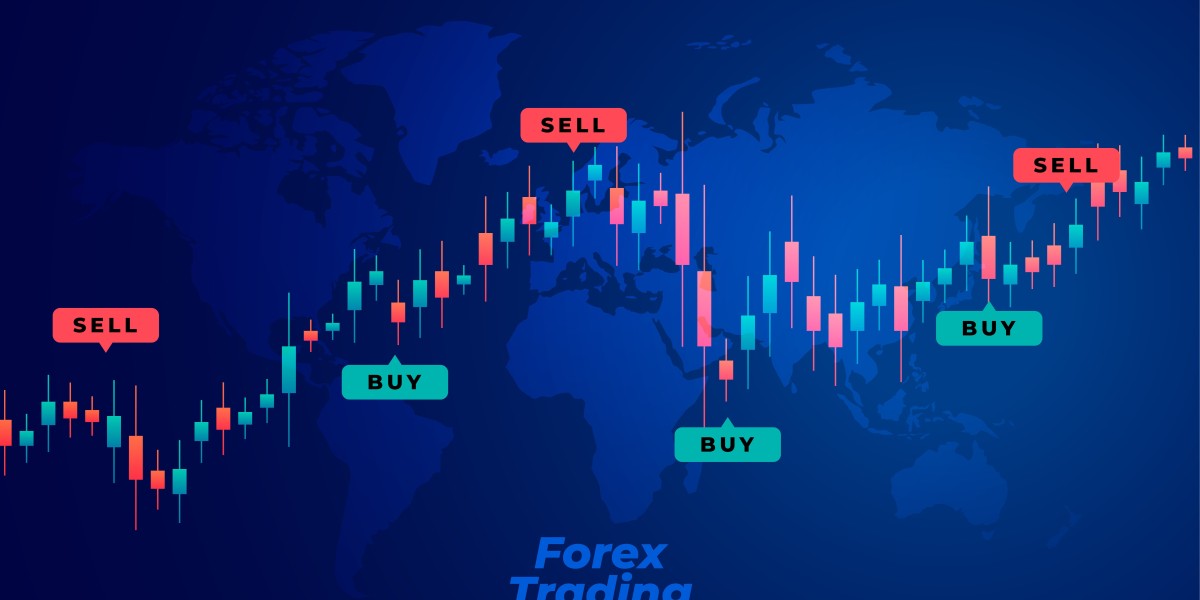Forex trading offers a wealth of opportunities, but without the right tools and strategies, it can also present significant challenges. One of the key tools used by successful traders is technical indicators. These indicators help traders analyze market trends, spot trading opportunities, and make more informed decisions. In this article, we'll explore how to effectively use technical indicators for forex trading success.
What Are Technical Indicators?
Technical indicators are mathematical calculations based on historical price, volume, or open interest data. They are essential for helping traders identify patterns, trends, and potential entry and exit points in the forex market. By interpreting these indicators, traders can predict future price movements and refine their trading strategies.
Top Technical Indicators Every Forex Trader Should Know
To succeed in forex trading, it’s important to familiarize yourself with some of the most popular technical indicators. Here are a few of the key indicators widely used by traders.
1. Moving Averages (MA)
Moving averages help smooth out price data to reveal the overall trend direction. There are two main types:
- Simple Moving Average (SMA): Averages the closing prices over a specific time period.
- Exponential Moving Average (EMA): Gives more weight to recent prices, making it more responsive to new information.
Many traders use the crossover strategy, where they combine short-term and long-term moving averages. For example, a common approach is to use the 50-day and 200-day moving averages. When the shorter moving average crosses above the longer one, it generates a buy signal, and vice versa for a sell signal.
2. Relative Strength Index (RSI)
The Relative Strength Index (RSI) is a momentum oscillator that ranges from 0 to 100, indicating whether a currency pair is overbought or oversold:
- Overbought: RSI above 70, indicating that the asset may be due for a pullback or price correction.
- Oversold: RSI below 30, suggesting the currency might be undervalued and could rise in value soon.
RSI is particularly useful for identifying potential reversals in the market, helping traders time their trades more effectively.
3. Moving Average Convergence Divergence (MACD)
The MACD is another momentum indicator that tracks the relationship between two moving averages (usually the 12-day and 26-day EMAs). When the MACD line crosses above the signal line, it indicates bullish momentum, and when it crosses below, it signals bearish momentum. Traders also pay attention to the MACD histogram, which highlights the strength of the momentum.
4. Bollinger Bands
Bollinger Bands consist of a moving average in the middle, with two bands placed two standard deviations above and below it. The bands expand and contract based on market volatility:
- When the bands contract, it indicates a period of low volatility, and a breakout may be imminent.
- When the bands expand, it indicates higher volatility, which could signal a potential reversal or continuation of the trend.
5. Stochastic Oscillator
The stochastic oscillator compares a currency pair's closing price to its price range over a specified time period. It ranges from 0 to 100, with readings above 80 indicating that the market is overbought and readings below 20 suggesting it is oversold. This indicator helps traders predict potential reversals and the strength of a trend.
How to Effectively Use Technical Indicators
While understanding technical indicators is important, knowing how to apply them effectively is crucial for trading success. Here are some tips for making the most of technical indicators in your forex strategy:
1. Combine Multiple Indicators
Using a single indicator can provide limited information. Instead, many traders combine multiple indicators to get a more comprehensive view of the market. For example, you could use the MACD to confirm a trend and the RSI to time your entry and exit points. This combination approach helps reduce the risk of false signals and improves the accuracy of your trades.
2. Look for Confluence
Confluence occurs when different indicators and chart patterns point to the same conclusion. For example, if both the moving average crossover and the RSI signal a buy opportunity, it reinforces the probability of a successful trade. The more indicators that align, the stronger the signal.
3. Understand the Market Context
Technical indicators don’t work in isolation. It’s important to consider broader market conditions, such as economic news, geopolitical events, and market sentiment. A currency pair may be overbought according to the RSI, but strong economic data could still push prices higher. Always blend technical analysis with fundamental insights.
4. Backtest Your Strategy
Before relying on any indicator, backtest your strategy using historical data. This helps you see how well the indicator would have performed under different market conditions and allows you to fine-tune your approach. Many trading platforms offer backtesting features to simulate trades based on past data.
5. Keep It Simple
While it’s tempting to overload your chart with multiple indicators, simplicity is often best. Stick to a few key indicators that complement each other. Too many indicators can lead to “analysis paralysis,” where conflicting signals make it hard to make a clear decision.
The Importance of Choosing the Right Broker
Using technical indicators effectively requires a reliable trading platform that offers comprehensive charting tools and analysis features. Choosing the right forex broker plays a crucial role in your trading success. A good broker will provide access to advanced technical analysis tools, competitive spreads, and fast execution speeds.
To learn more about how to choose the right broker for your forex trading journey, check out this detailed guide: How to Choose a Forex Broker.
Conclusion
Mastering technical indicators is a key step towards becoming a successful forex trader. By understanding the basics of indicators like moving averages, RSI, MACD, and Bollinger Bands, and knowing how to combine them effectively, you can gain deeper insights into market trends and make smarter trading decisions. However, always remember to practice sound risk management and backtest your strategies before implementing them in live markets.
With the right technical tools and a solid strategy, you’ll be well-equipped to navigate the forex market and achieve consistent trading success.









